भैरव उवाच। bhairava uvāca |
क्ष एव परमो देवो बुद्धरूपी जनार्द्दनः।
उग्रतारा – महामन्त्रं पञ्चार्णं परिजप्य च॥ १-३॥
kṣa eva paramo devo buddharūpī janārddanaḥ |
ugratārā – mahāmantraṁ pañcārṇaṁ parijapya ca || 1-3 ||
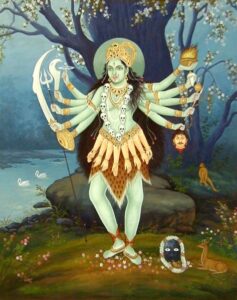 Kṣa is the parama devatā and is praised by all as Buddha, the awakened one. Ugratārā mahāmantra having five syllables is to be chanted.
Kṣa is the parama devatā and is praised by all as Buddha, the awakened one. Ugratārā mahāmantra having five syllables is to be chanted.
Note 2. क्ष (kṣa) refers to destruction or loss and in the extreme, destruction of the world (kṣaya). It refers to lightning that can destroy anything. Among the vaiṣṇava, it refers to Śrī Narasiṁha, the fourth incarnation who is capable of destroying every evil. The word for alphabet akṣara is from a-kṣa-ya (indestructible). क्ष (kṣa) which is in the middle of अक्षर (a-kṣa-ra) is Viṣṇu just as U in the middle of AUṀ. In अक्षर (a-kṣa-ra), अ (a) is the creator as Āditya (Sun), र (ra) in Rudra is the destroyer. All knowledge comes from the alphabets, the akṣara and Lord Bhirava Śiva teaches that kṣa is the parama devatā, the form with oṁ (ॐ pronounced ओं). Therefore the exact form of the parama devatā particularly while seeking any knowledge is a form of Viṣṇu (janārddana) formed by kṣa + oṁ = क्षों (kṣoṁ). This is the vaiṣṇava Narasiṁha bīja.
Note 3. Nakṣatra is derived from nak (night) + kṣatra (area, dominion which is governed and protected) implying regions in the sky that are guarded [by the Moon, soma]. Nakṣ as in nakṣati would imply coming closer or nearer, which is a necessary indication of moving towards the goal like coming closer to the ‘ocean of knowledge’.
Note 4. Buddha refers to the awakened, expanded, conscious, intelligent, wise, learned, knowledgeable – generally implying a wise or learned man or sage who is the guru of the subject.
Note 5. Ugra means powerful, violent, mighty, huge, formidable, fierce and wrathful. It shows someone who is very agitated and ferocious and would go to any extreme level to achieve a purpose. The word is also associated with 5 nakṣatra – three pūrva (Pūrva Phālguṇī, Pūrva Āsāḍha, Pūrva Bhādrapada) and Bharaṇī and Maghā which hold the five syllables of the Ugratārā mantra reckoned from Pūrva Āsāḍha, the Kali Yuga nakṣatra.
Ugra Tārā Siddhi
प्रणवं पूर्व्वमुद्धृत्य हृल्लेखा कुलकामिनी।
कूर्चमस्त्रं मन्त्रराजो देवद्रुम इवापरः॥ १-६॥
praṇavaṁ pūrvvamuddhṛtya hṛllekhā kulakāminī |
kūrcamastraṁ mantrarājo devadruma ivāparaḥ || 1-6 ||
 The five syllable mantra is defined as (1) praṇava ॐ (om) in the beginning followed by (2) hṛllekhā ह्रीं (hrīṁ) and (3) kulakāminī स्त्रीं (strīṁ) and then by (4) kūrca हुं (huṁ) and (5) astra फट् (phaṭ). The Ugra Tara Siddhi mantra is called Ugratārā mantra-rāja (mantra king).
The five syllable mantra is defined as (1) praṇava ॐ (om) in the beginning followed by (2) hṛllekhā ह्रीं (hrīṁ) and (3) kulakāminī स्त्रीं (strīṁ) and then by (4) kūrca हुं (huṁ) and (5) astra फट् (phaṭ). The Ugra Tara Siddhi mantra is called Ugratārā mantra-rāja (mantra king).
om hrīṁ strīṁ huṁ phaṭ
• praṇava is God
• hṛllekhā – it is the ‘heart-furrow’ which ends the anxiety of the mind and removes doubts through reasoning leading to knowledge. It is the māyā bīja.
• kulakāminī – she who is desirous to get married into the family (kula) [of god] called vāsudaiva kutuṁbakkam. This is the power of Ugra Tara who makes us a member of gods family.
• kūrca – a bunch of anything like kuśa grass or peacock’s feathers implying the act of gathering or assimilation. Among the mudrā it is the coming together of the finger tips of the thumb and middle finger . It removes deceit, fraud, hypocrisy and everything that is not valuable and sorts everything valuable for the purpose of storage. It is the store-room of the brain which gives a huge memory power. It represents a new head like Gaṇeśa gets a new elephant head. There are four types of kūrca bīja although the basic one is हुं (huṁ).
• astra – weapon power or that which causes the devatā to be in guard and lift the weapon to protect us. It is symbolized by a peculiar clapping done by using the three fingers of the right hand (index, middle and ring fingers stretched while the thumb touches the little finger turned inside) on the left palm.
दुर्व्वासाः – व्यास – वाल्मीकि – भारद्वाजादिकः कविः॥ १-७॥
anenaiva samārādhya sarvveśo’bhūt sadāśivaḥ |
durvvāsāḥ – vyāsa – vālmīki – bhāradvājādikaḥ kaviḥ || 1-7 ||
The ṛṣi of the Ugratārā mantra are Durvāsa, Vyāsa, Vālmīki, Bharadvāja and Kavi (Śukrācārya) for the five bīja mantra of the five-pointed star.
- ॐ om – Durvāsa
- ह्रीं hrīṁ – Vyāsa
- स्त्रीं strīṁ – Vālmīki
- हुं huṁ – Bharadvāja
- फट् phaṭ – Śukrācārya
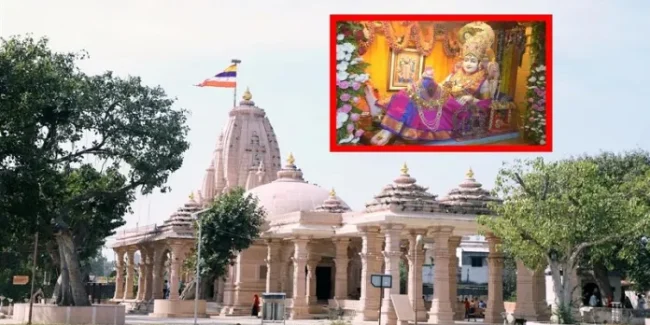
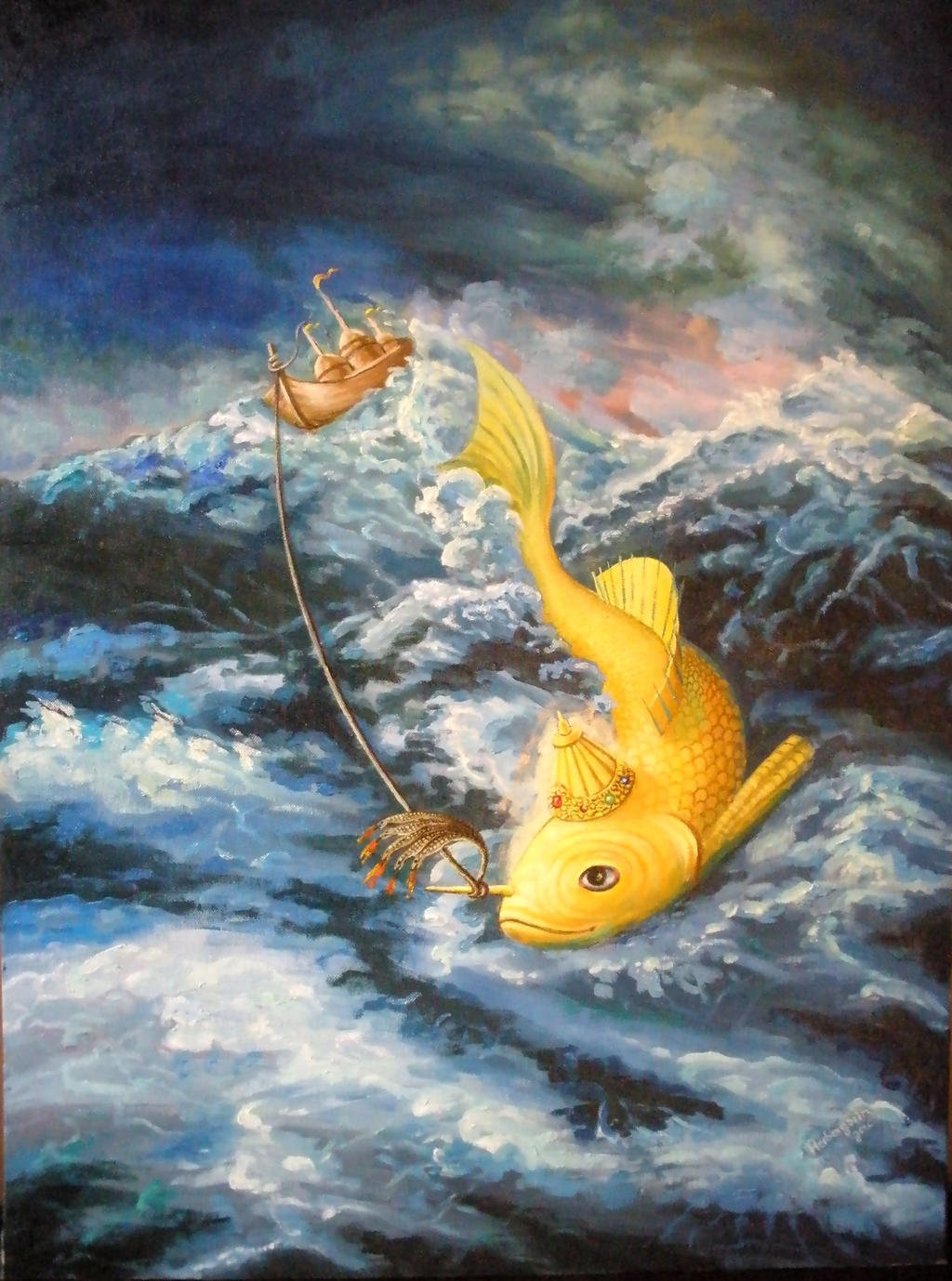
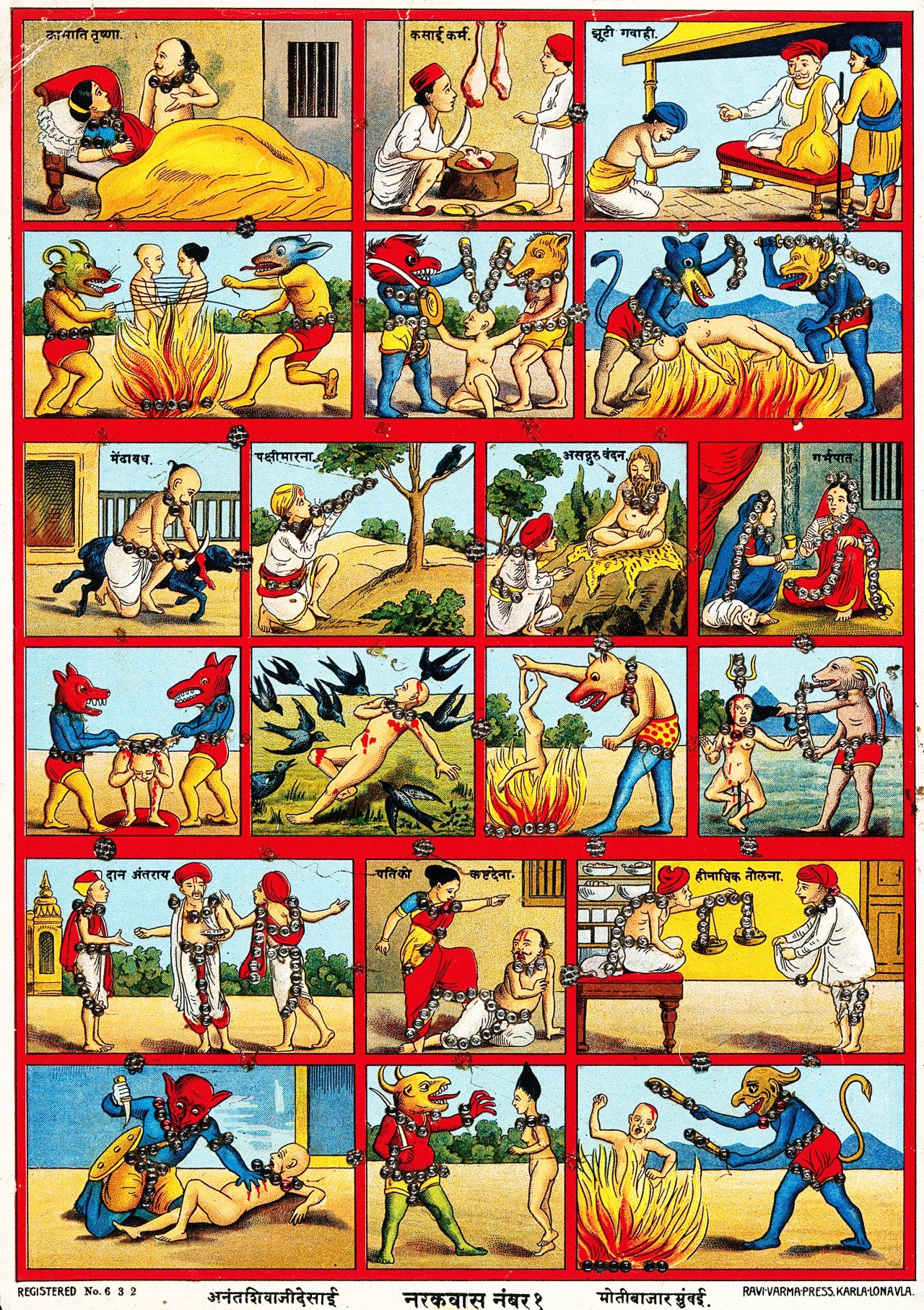

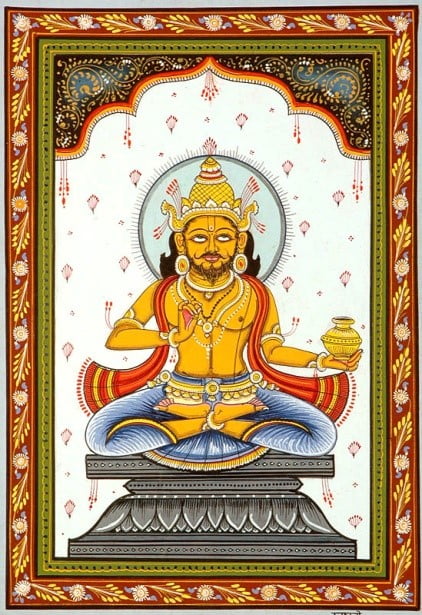
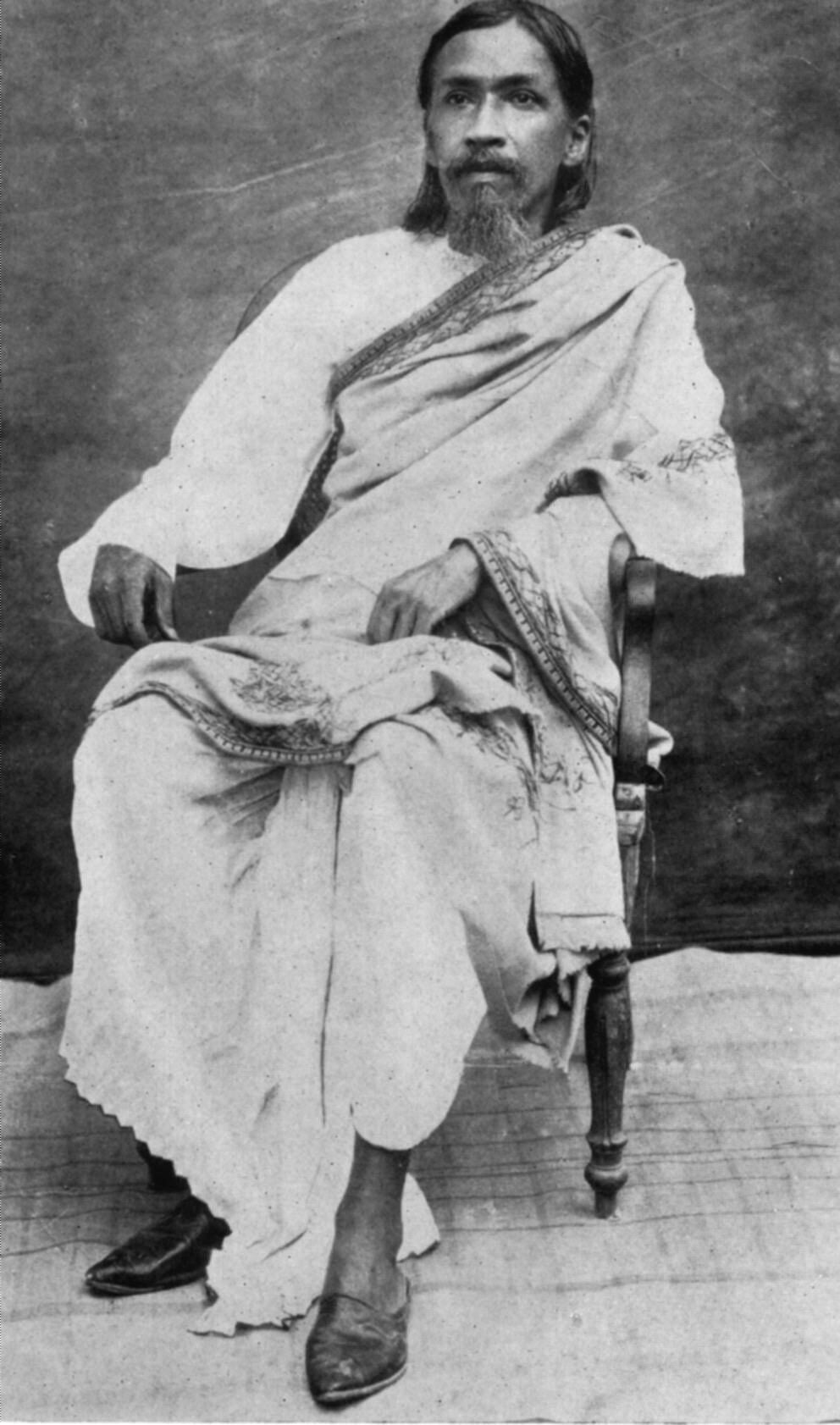
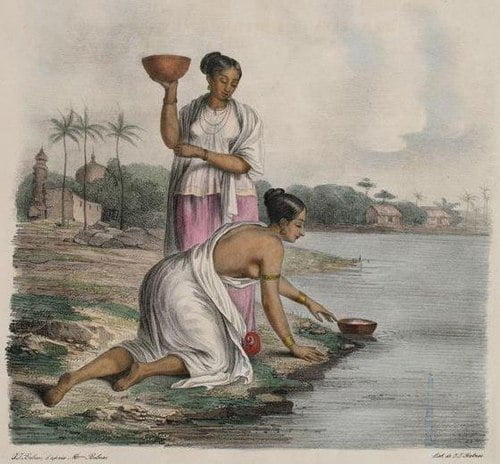

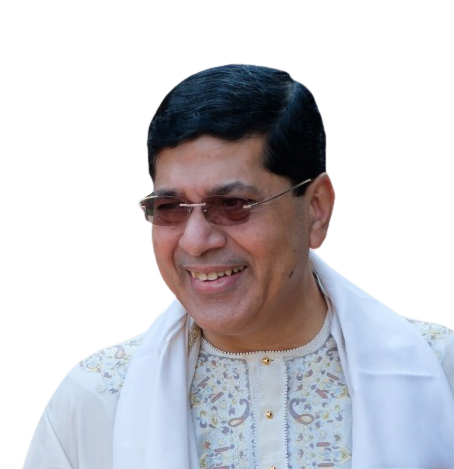
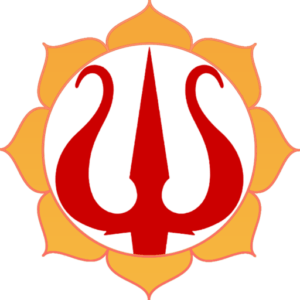
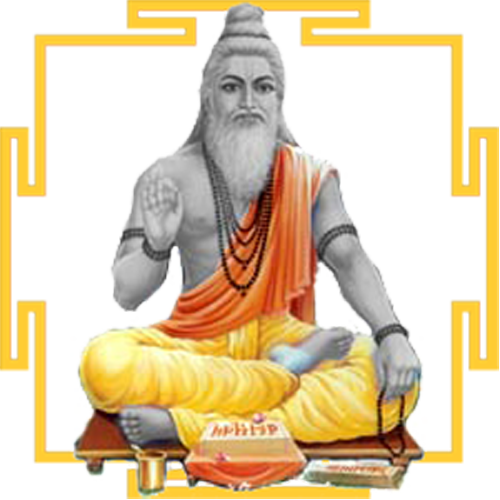 DBC offers online courses in jyotish (Vedic Astrology) taught directly by Sanjay Rath as per the tradition, through narrated power points and other audio tools. The courses are at different levels, from the beginners through the intermediate to the advanced and are known as SoHamsa | DBC courses, with individual classrooms and assistant teachers
DBC offers online courses in jyotish (Vedic Astrology) taught directly by Sanjay Rath as per the tradition, through narrated power points and other audio tools. The courses are at different levels, from the beginners through the intermediate to the advanced and are known as SoHamsa | DBC courses, with individual classrooms and assistant teachers
 Sagittarius Publications is the publisher and distributor the popular quaterly magazine the Jyotish Digest, as well as many thorough books on the subject of Vedic Astrology or Jyotish.
Sagittarius Publications is the publisher and distributor the popular quaterly magazine the Jyotish Digest, as well as many thorough books on the subject of Vedic Astrology or Jyotish.